
Fossil fuels are stores of chemical potential energy.
Types of fossil fuels:
- Oil (petroleum) – used in transportation
- Coal – plant-based
- Natural gas – used in cooking, heating, etc…
When u burn fossil fuel → produce CO2, water and energy
- Fossil fuels are found underground.
- Coal formed from the remains of plants that died millions of years ago.
- Oil and gas formed the remains of sea creatures.
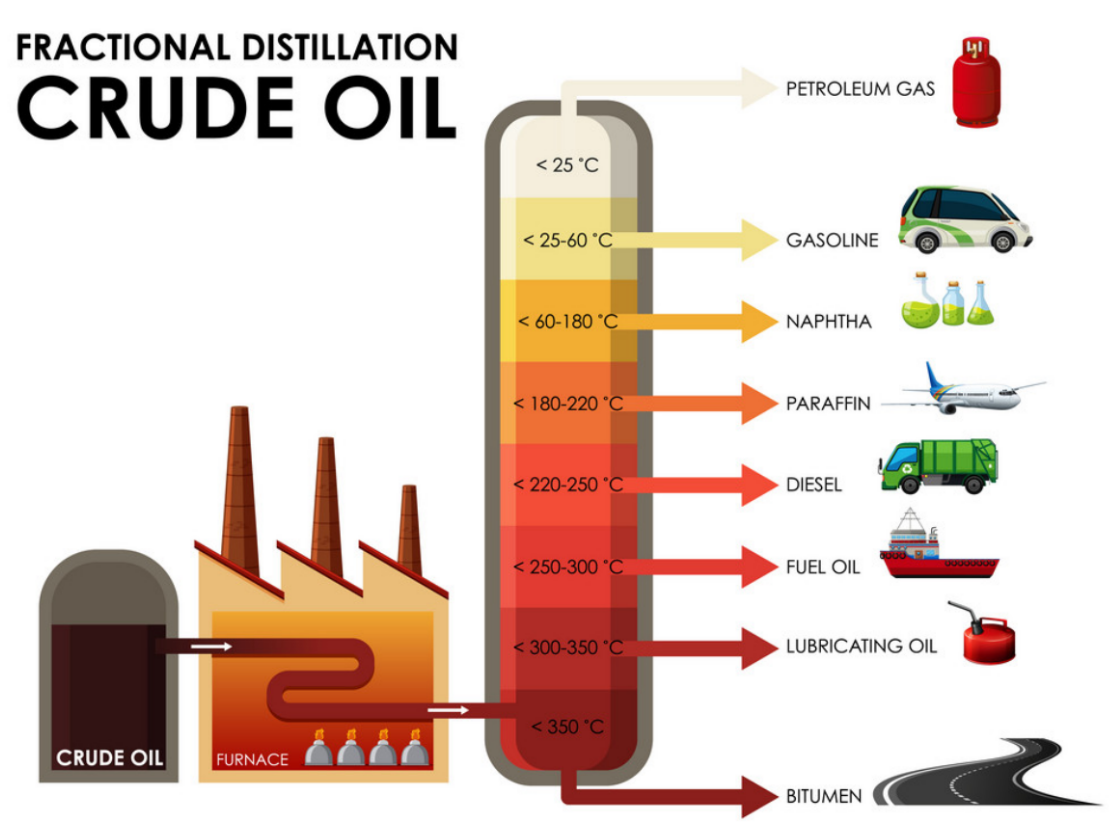
Fractional distribution of crude oil:
- Octane petrol
- Refinery gas (if we boil - at the lowest boiling point)
- Gasoline (cars)
- Kerosine (airplane)
- Diesel oil (generator engines, some cars with engines)
- Lubricating oil (used for machines parts of the cars)
- Bitumen (sticky black liquid for roads)
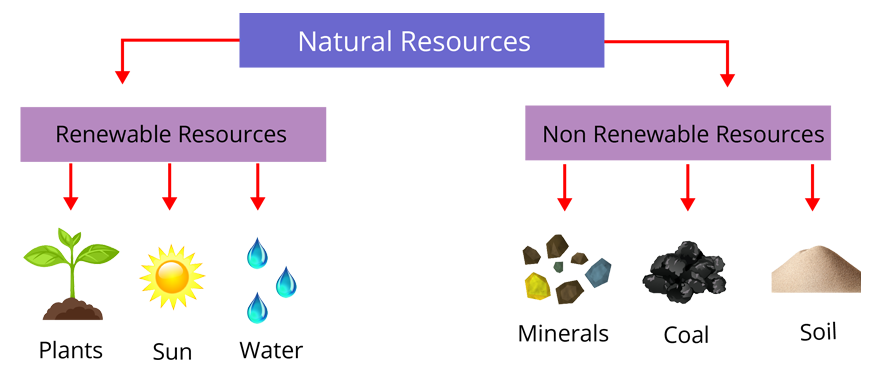
- Solar
- Wind
- Hydro (water)
- Biomass (biofuels)
- Uranium – nuclear power plant (Chornobyl disaster)
- Fossil Fuels (coal, oil, gas)
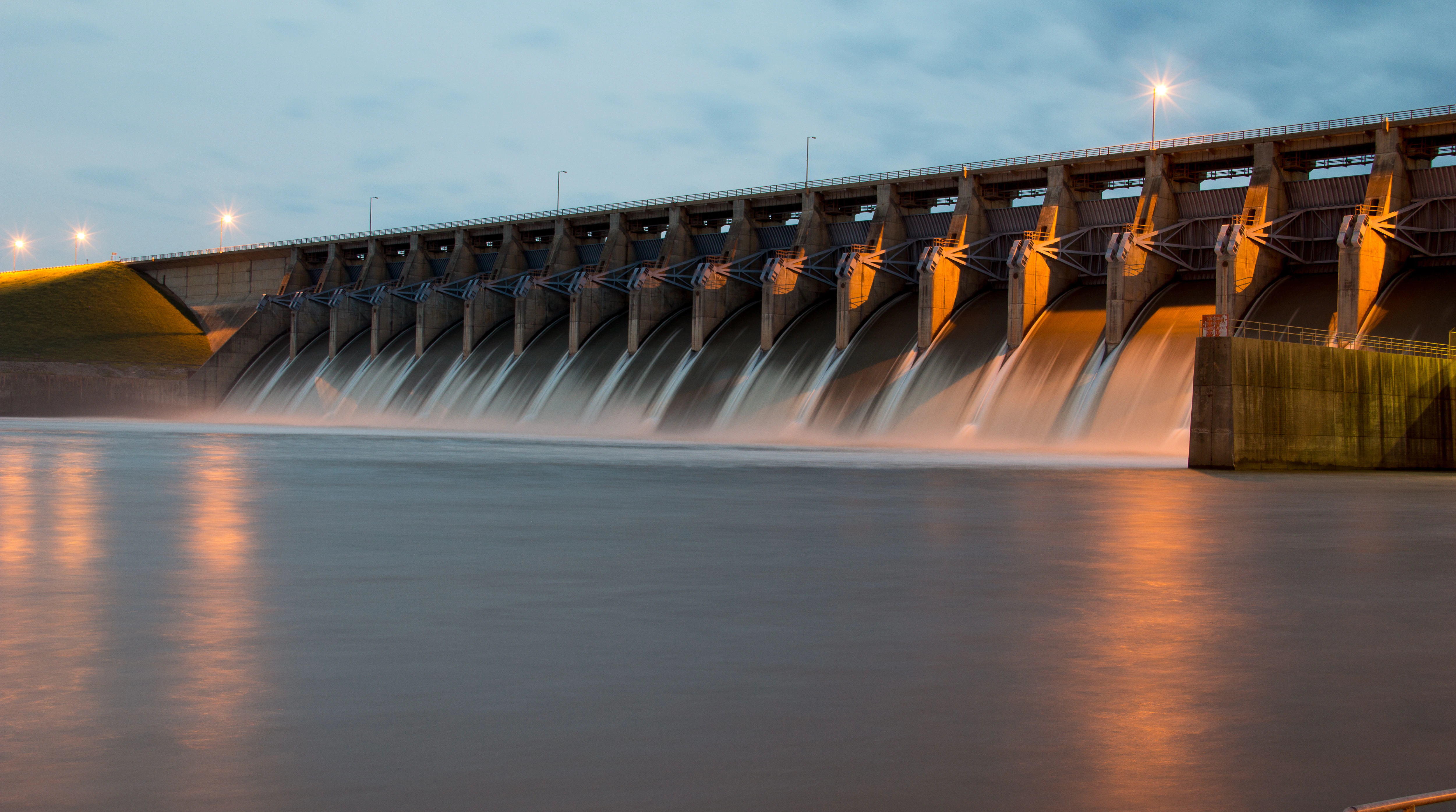
Water Dams:
- Stop the water velocity and use the water only when needed
- Destroy the river autonomy
- River gets shallower (dam slow down the water flowing speed so water can’t carry the big sediments, they, therefore, get deposited on river bed and river become shallower over time)
3 types of hydropower facilities:
(1) Impoundment
(2) Diversion
(3) Pumped Storage
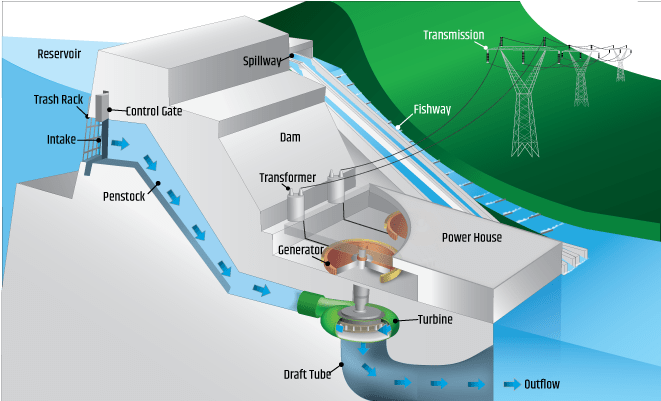
- most common type of hydropower facility
- uses a dam to store river water in a reservoir.
- Water released from the reservoir flows through a turbine, spinning it, which in turn activates a generator to produce electricity
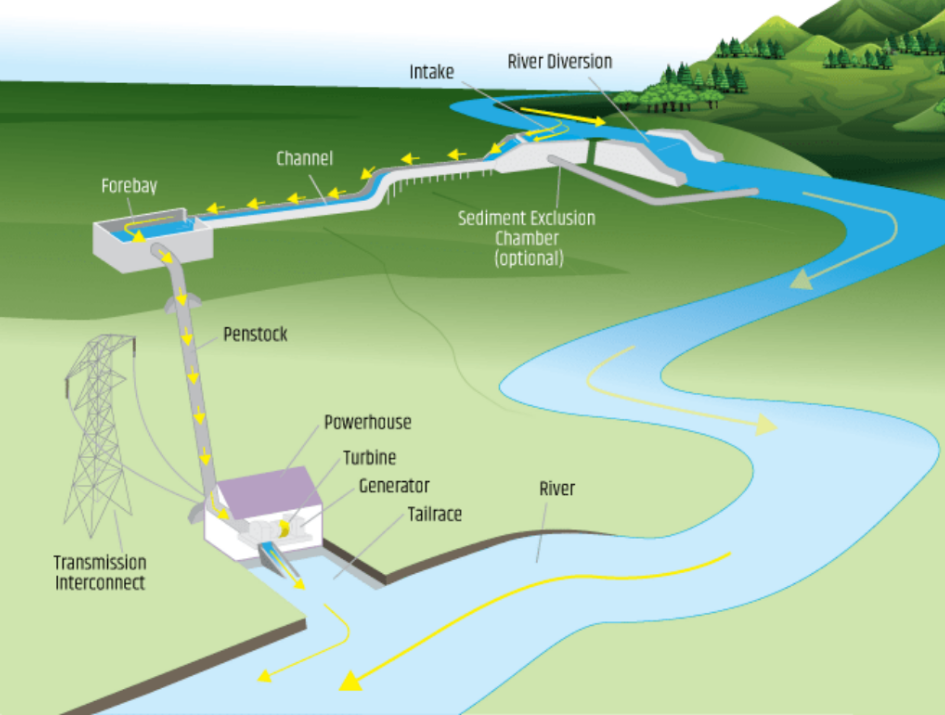
- sometimes called a “run-of-river” facility
- funnel a portion of the water flow either through a pipe called a penstock or through a canal to utilize the natural decline of the river bed elevation to produce energy
- may or may not use a dam to direct the water
- have a small amount of storage, but the storage capacity is much less than an impoundment facility
- storage is limited to daily or weekly fluctuations in water flow and does not materially alter downstream river flows
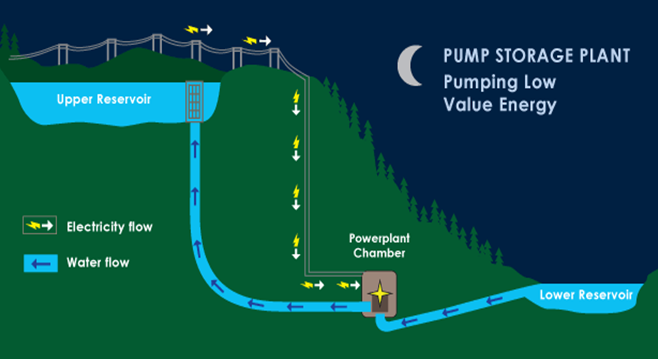
- Capture and store water in two places with a steep drop in between
- Water can be pumped uphill to reuse for power generation
- Excess wind energy and solar energy (on windy or sunny days) are used to pump water back up into storage (also a way to store that excess energy)
- When wind and sun aren’t generating enough power, Water from the uphill storage is released and flows down, turning a turbine and generating electricity
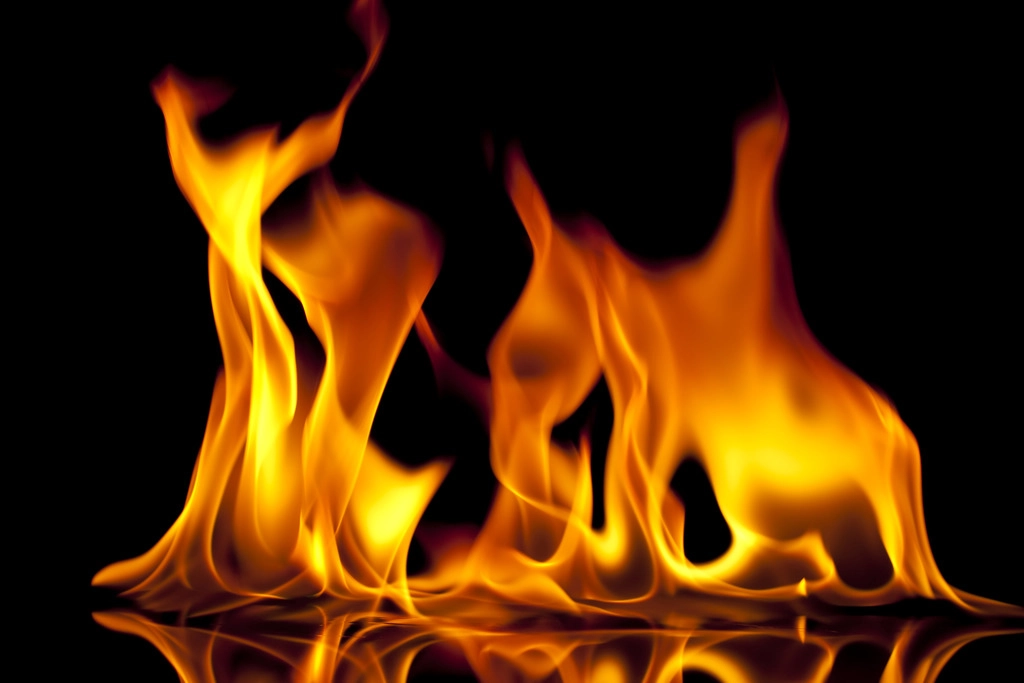
- Thermal conductivity is the rate at which heat is transferred by conduction through a unit cross-section area of a material. It is a measure of how well a material conducts energy when it is heated.
- Thermal conductivity is not the same as electric conductivity.
- Different metals have different conductivity.
- Thermal scan catches radiation from everything. Every object that has certain heat energy produces radiation.
- The temperature of smth hot will become the same as room temperature as time passes because the thermal energy from the hot object is transferred into the surrounding.
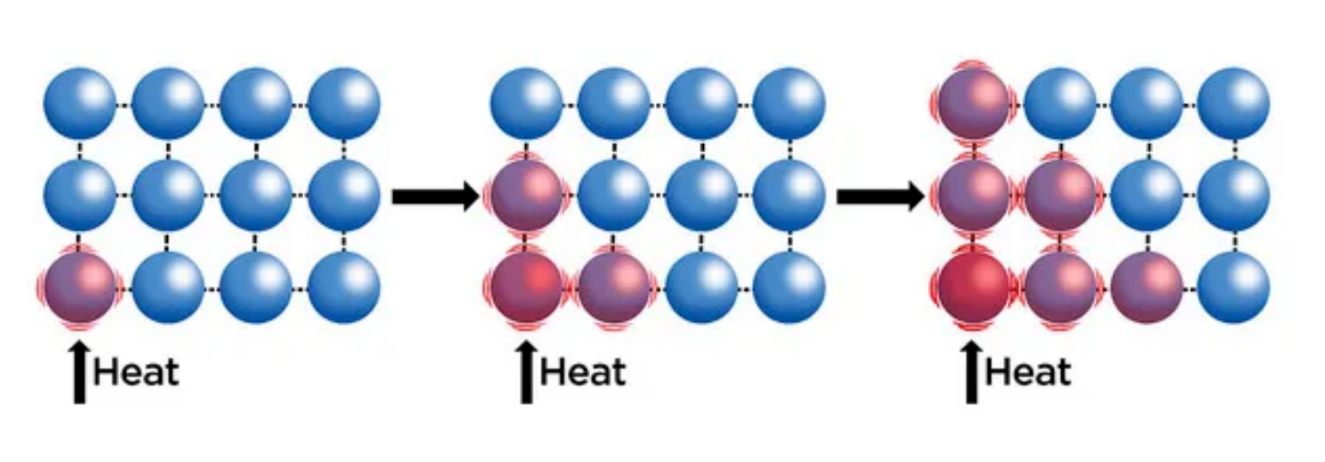
Conduction is the process by which heat energy is transferred from the hotter end to the colder end of an object through collisions between neighboring atoms or molecules (the movement of heat by particle vibration).
- Particles don’t move
- Happen in solids
- More particles → quicker conduction
.png)
.png)
.png)
.png)
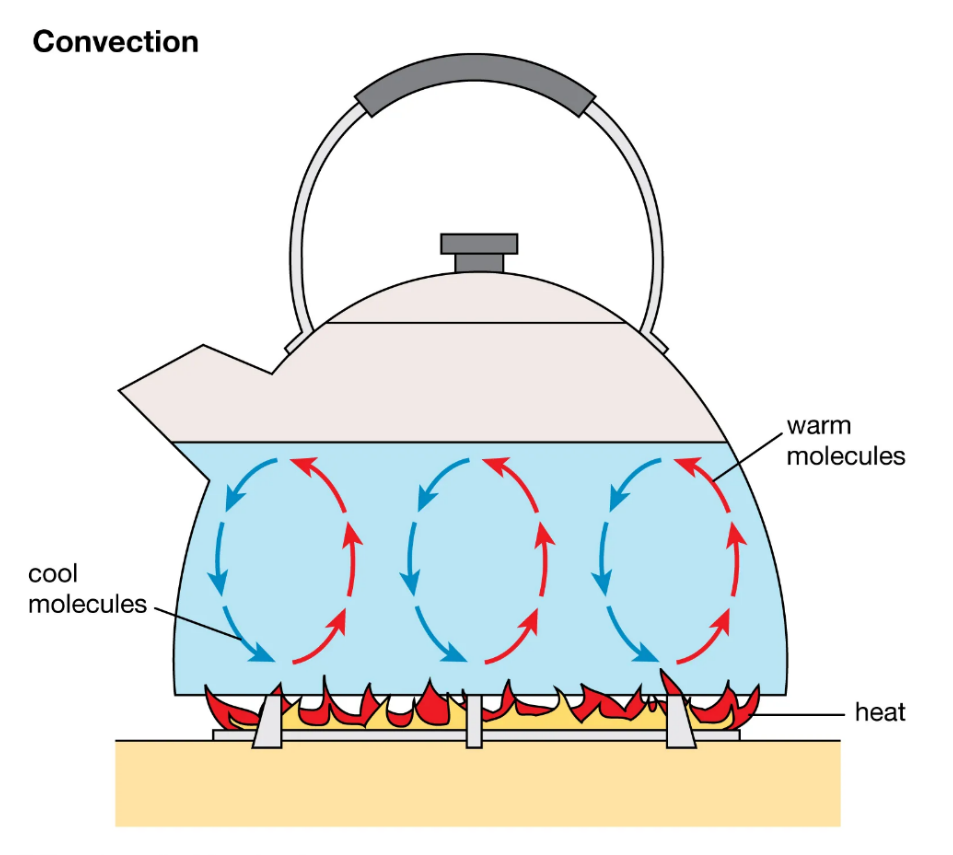
- Particles move
- Happens in fluids (liquids and gases)
Through conduction and convection, heat energy is transferred from a higher concentration of heat to a lower one which means it travels from a hotter material to a cooler material.
.png)
.png)
.png)
.png)

Radiation is the emission or transmission of energy in the form of waves or particles through space or through a material medium.
Heat radiation is a form of energy transfer in which heat is transferred by means of electromagnetic radiation.
It can travel in any direction, unlike conduction and convection.
(higher temperature ⇌ lower temperature)
Our human body emits thermal radiation and it is transferred to the surroundings through radiation. The heat energy from the surrounding is also transferred into our body in the same way.
- No particles needed in between
- Light and heat energy
- Conduction - sound energy, wave energy
- Radiation - light energy, magnetic energy
An object which can absorb all the electromagnetic radiation falling upon it is called a black body. That black body is not only a perfect absorber but is also the best in emitting radiation.

- Used to stop conduction and convection
- Stopper is made of a metal that has very low thermal conductivity to make it a poor conductor.
- Vaccum prevents heat transfer to the outside through conduction and convection.
- However, the hot water doesn’t last for a very long time as heat transfer via radiation cannot be stopped. Radiation can pass through the vacuum.
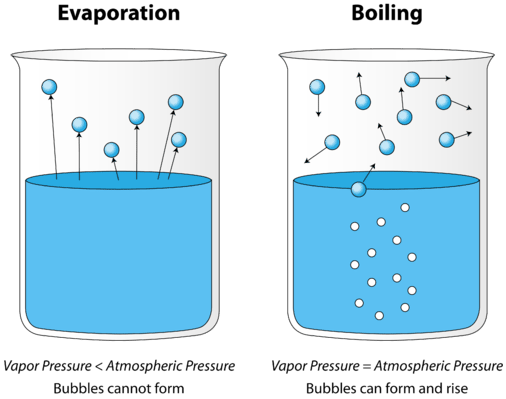
- The temperature of the water doesn’t have to reach 100 degrees Celcius.
- Even when the temperature is low, the water gradually turns into water vapor in the air.
- Not all liquid mediums gain energy.
- Some water molecules gain enough kinetic energy without reaching the boiling point to escape.
- They got enough energy needed to break the bonds holding the molecules together.
- Convection current occurs during the process of boiling and most of the molecules simultaneously gain the energy to escape.
- The greater the surface area is, the higher the evaporation rate is as more particles are exposed.
- When water evaporates, it takes energy away with it and therefore, it has a cooling effect.
Example: sweating, water evaporating from the sea’s surface, transpiration